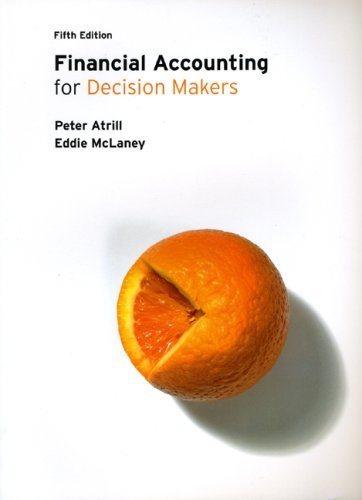Please !!

1. Garfish Co had profits after tax of $3.0 million in the year ended 31 December 2019. On 1 January 2019, Garfish had 2.4 million ordinary shares in issue. On 1 April 2019 Garfish made a one for two rights issue at a price of $1.40 when the market price of Garfish's shares was $2.00. What is the basic earnings per share figure for the year ended 31 December 2019, according to IAS 33 Earnings Per Share? * (2 points) 49.5 cents 89.1 cents 91.2 cents 92.6 cents 2. A vehicle was involved in an accident exactly halfway through the year. The vehicle cost $10,000 and had a remaining life of 10 years at the start of the year. Following the accident, the expected present value of cash flows associated with the vehicle was $3,400 and the fair value less costs to sell was $6,500 What is the recoverable amount of the vehicle following the accident? * (2 Points) $3,000 $3,400 $9,500 $6,500 3. At 1 January 2019 Casey Co had property, plant and equipment with a carrying amount of $180,000. In the year ended 31 December 2019 the company disposed of assets with a carrying amount of $60,000 for $50,000. The company revalued a building from $75,000 to $100,000 and charged depreciation for the year of $20,000. At the end of the year, the carrying amount of property, plant and equipment was $250,000. How much will be reported in the statement of cash flows for the year ended 31 December 2019 under the heading 'cash flows from investing activities'? * (2 Points) $75,000 outflow $135,000 outflow $125,000 outflow $50,000 inflow 4. An entity leases a computer with legal title of the asset passing after two years. The entity usually depreciates computers over three years. Over what period should the computer be depreciated? (2 Points) 2 years 1 year 4 years 3 years 5. Which of the following lists consists of items that would be added to net profit before taxation in the calculation of net cash from operating activities under the indirect method according to IAS 7? * (2 points) Decrease in inventories, depreciation, profit on sale of non-current assets. Decrease in trade receivables, increase in trade payables, loss on sale of non-current assets. Loss on sale of non-current assets, depreciation, increase in trade receivables. Decrease in trade receivables, increase in trade payables, profit on sale of non-current assets












